class iv laser therapy research
4 rows Class IV lasers include any laser that exceeds 500mW of maximum power. The technology enables to generate intensity commonly around 10W and more for the purpose of producing stronger bio-modulation and analgesic effect.

The Difference Between Class Iii Class Iv Laser Therapy Systems Aspen Laser
During 4 months courses of laser therapy once daily for 8 days monthly were administered to Group 1 and laser placebo Group 2.
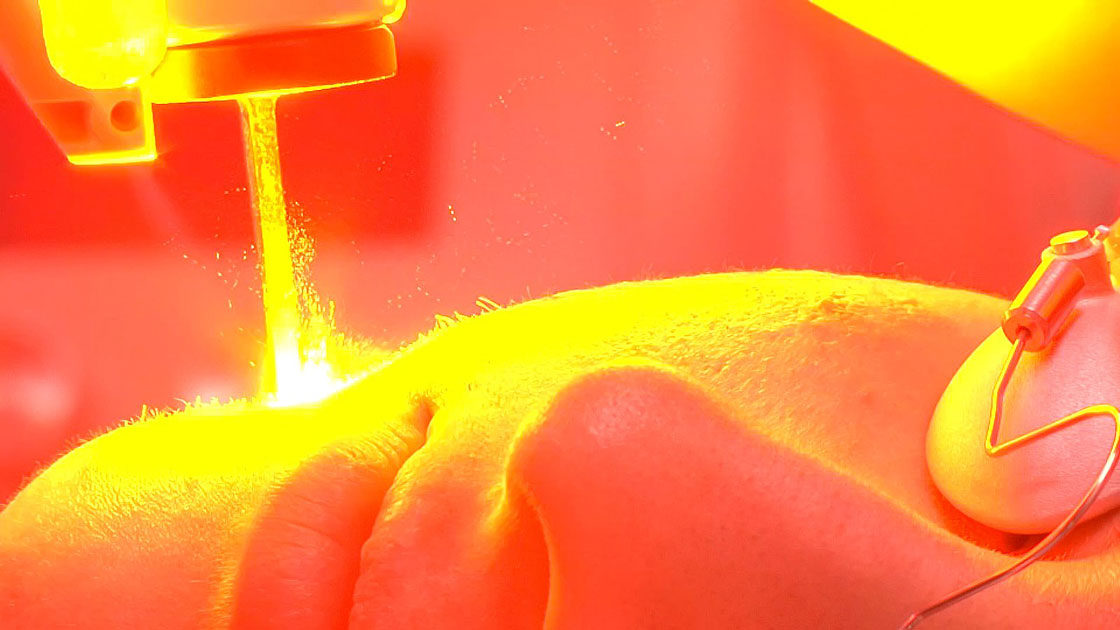
. Higher wattage also results in faster treatment times and provides changes in pain complaints that are unachievable with low power lasers. One thing remains certain current scientific and clinical research proves that class 3B lasers are best suited for therapeutic applications and class 4 lasers are best suited for tissue destruction. Class IV lasers commonly use the 980nm wavelength.
Laser Therapy 1997 9 pp 5-6. Recent trends in laser therapy show a preference for class 4 lasers in patient care settings. Class IV therapy lasers provide more energy to deep structures in less time.
Research Backing Up Class IV Laser Light Therapy Laser therapy at the 3-W 360-J dose level was an effective treatment modality to increase blood flow in the soft tissues Class IV laser can be an effective technique for postoperative analgesia following OPCABG surgery through sternotomy when included as a component of MMA technique. Pryor PhD Published by. Reduced pain and increased joint mobility following 10 laser treatements.
In a nutshell class 4 laser safety requirements are as follow. 1 In vivo effects of low level. This ultimately assists in providing an energy dose that results in positive reproducible outcomes.
Class iv laser therapy researcha class 4 laser typically has higher incident power at the tissue surface and if the beam is defocalized to prevent charring tissue then a larger treatment area. Class IV Laser Therapy also increases the rate and quality of tissue repair improves muscle performance enhances recovery and alleviates pain. 5 This higher power becomes important when treating injuries to deeper tissues such as.
The potential for a rapidly administered safe and effective treatment warrants further investigation. These findings suggest that laser therapy using the 10 W class IV instrument is efficacious for the long-term relief of the symptoms associated with chronic epicondylitis. A randomized controlled single-centre double-blind clinical trial with 11 allocation ratio will be carried out involving patients presenting TCMC-OA Grades 1-2 aged 18 years.
In its simplest terms Class IV Laser Therapy generates photochemical responses at the cellular level which increase circulation and cellular energy production while reducing inflammation and oxidative stress. 980nm shares some therapeutic characteristics with 780nm to 850nm lasers however the bulk of the energy goes to creating thermal gradients in the H 2 O that increase circulation and blood flow. The classes are I II IIa IIIa IIIb and IV.
Micro-Pulse Technology allows care providers to treat various pathologies. Medical Stealth Micro-Pulse Laser Technology. The most commonly used therapeutic lasers in veterinary medicine are Class III lasers which may deliver energy from 1mw to 500mw and Class IV lasers which deliver power at greater than 500mw.
However Class IV lasers because of their longer wavelength can bypass the selective absorption by the melanin containing epidermis and reach to the deeper tissue targets effectively. So much information on Class 4 laser therapy or photobiomodulation is circulating at conferences in trade journals and in materials distributed by laser therapy manufacturers that it is hard to distinguish what the most valuable and relevant data points are. Class IV Laser Therapy Interventional and case reports confirm positive therapeutic outcomes in multiple clinical indications Brian A.
Most result noticed after 5 treatments. The benefits of class 4 laser therapy include reduced pain and swelling as well as improved range of motion but a class 4 laser has some very interesting effects that we dont notice as obviously. The aim of the proposed study is to assess the effect of Class IV laser therapy LT on pain and pinch strength in patients with thumb carpometacarpal TCMC OA.
Class 4 is currently the most dangerous class with lasers in this category being able to cause severe injuries for the skin and eyes. Low back pain neck pain shoulder pain arthritis joint pain cartilage repair frozen shoulder soft tissue injuries. This is the preferred option for rapid pain control with expensive class IV lasers.
The density of energy 2 4 Jcm2 and frequency 5 Hz or 10 Hz were dependent on the number and severity of pain in affected joints. A class 4 laser increases tissue regeneration which is why you heal faster but it also accelerates soft tissue and bone repair. This has been shown to significantly improve therapeutic outcomes.
The higher the power an increased effectiveness of pulsed analgesic therapy is Research Article. The LIA Laser Institute of America being the publisher of those standards. 5 Class 4 lasers can emit greater photonic energy in a shorter period of time than class 3B lasers without producing an appreciable rise in tissue temperature under normal treatment protocols.
The trend in laser therapy over the past decade has been to increase power density and dose. The classifications categorize lasers according to their ability to produce damage in exposed people from class I no hazard during normal use to class IV severe hazard for eyes and skin. So what are the class 4 laser safety requirements.
A GaAIAs diode laser 830 nm maximum output power 200 mW was used. Watt level high intensity laser Class 4 laser begin to emerge in the basic research and later in clinical rehabilitation practise. A lower watt laser provides less energy delivery to deeper tissues so the time needed to deliver a treatment is longer.
2009 ABSTRACT Tissue that is damaged and poorly oxygenated as a result of swelling trauma or inflammation has been shown to have a positive response to laser therapy irradiation. The major advantage of Class IV laser therapy over LLLT is its high power and wavelengths above 1000 nm which are able to penetrate deeper into joints and muscles for improved medical effects. When considering a Class 4 system three main variables are most crucial to the beneficial.
A class iv laser generally will reach 4 ½ inches into the tissue at 10 watts. Pioneer of Class IV High-Power Laser Therapy Diowave Laser Systems is revolutionizing the field of laser therapy with the most advanced technology available in the industry.

Laser Therapy In Companion Animals Today S Veterinary Practice
Lllt Laser Therapy Guest Editorial Of The Month
Lllt Laser Therapy Guest Editorial Of The Month
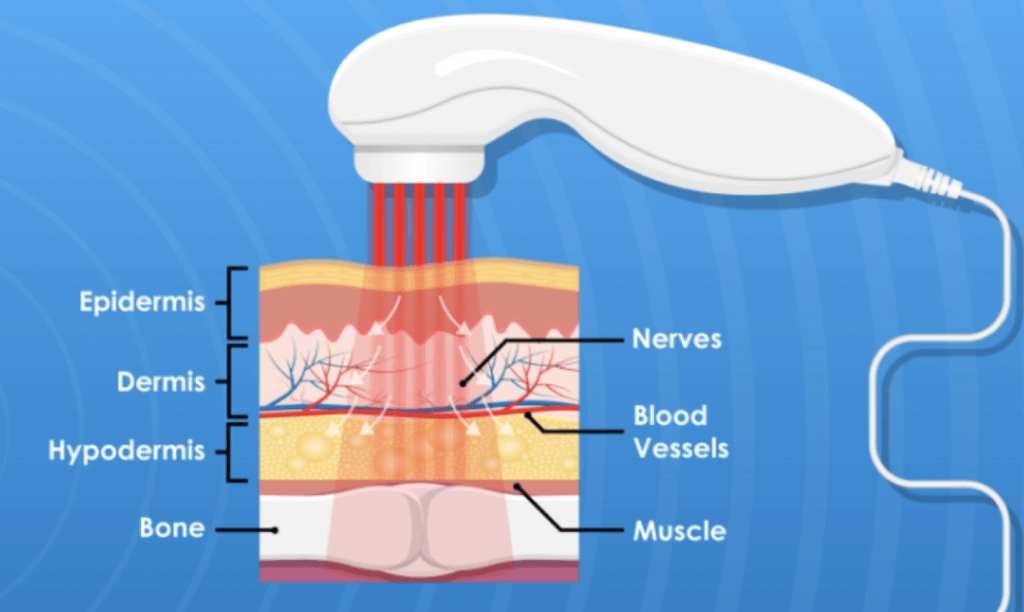
What Is Low Level Laser Therapy Lllt And Does It Work
Laser How It Works Respond Systems

Pin On Ilux Light Vet High Power Class Iv Laser Therapy Equipment
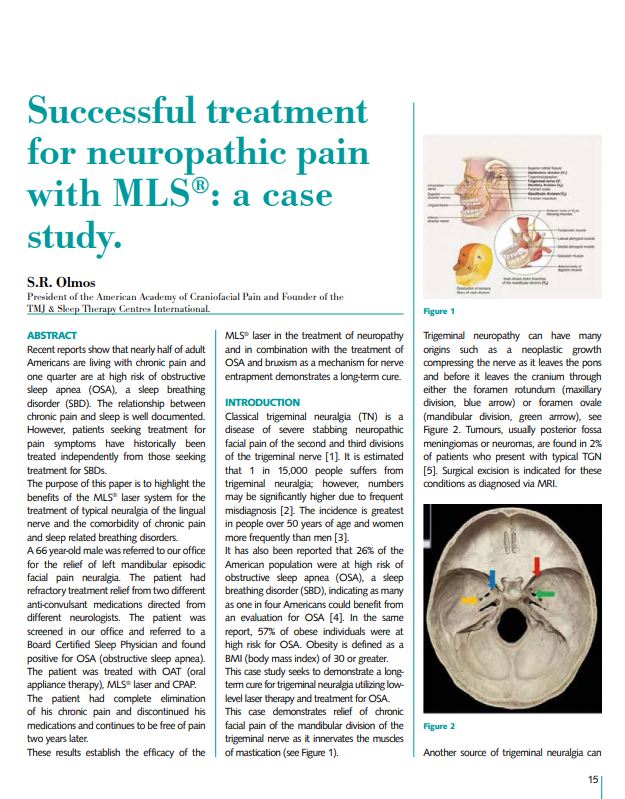
Medical Laser Therapy Science Cutting Edge Lasers
Laser How It Works Respond Systems
Medical Laser Therapy Science Cutting Edge Lasers

Efficacy Of Low Level Laser Therapy In The Management Of Neck Pain A Systematic Review And Meta Analysis Of Randomised Placebo Or Active Treatment Controlled Trials The Lancet
/cold-laser-therapy-5212832-Final-45102fa208bc4965b239daeec82fa1ec.gif)
Cold Laser Therapy What You Should Know
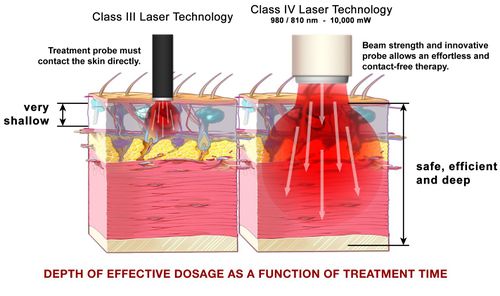
High Power Laser Therapy Physiopedia
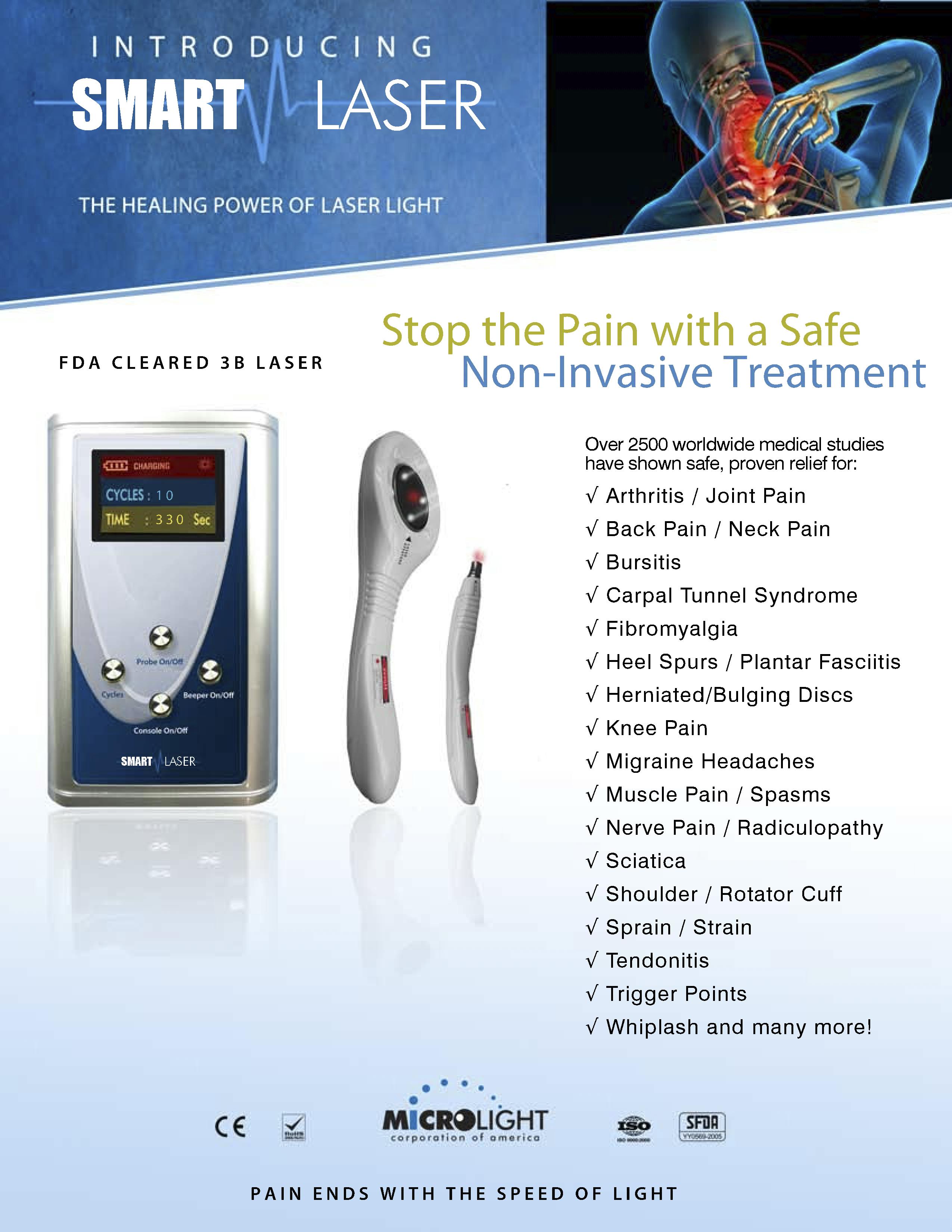
Laser Therapy F I T Therapy Miami Lakes Fl

Laser Therapy In Veterinary Medicine Dvm360

Skeptic Reading Room Laser Therapy Hope Or Hype And Hokum

Laser Vs Shockwave What S Best For Soft Tissue Injuries Training Conditioning

High Power Laser Therapy Physiopedia
